In a building infrastructure there is coaxial cables for TV. The first end of all the cables is on the roof. The second end for each cable is in different apartment.
The problem is that I don't know which cable is connected to which apartment. So I thought that doing short circuit test might do the job. But:
- The cables lengths are [20m-50m]
- I can't get the two ends near each other (DUH!)
 From
From 